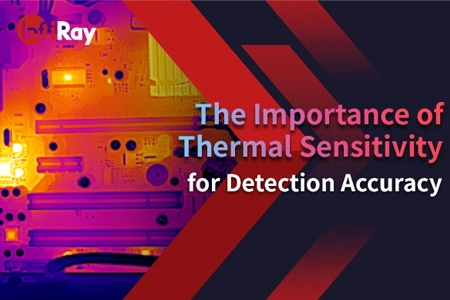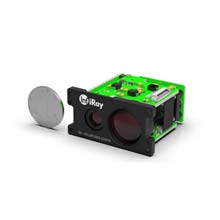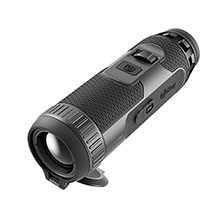Non-Invasive Diagnosis Made Easy: Understanding Medical Infrared Thermal Imagers
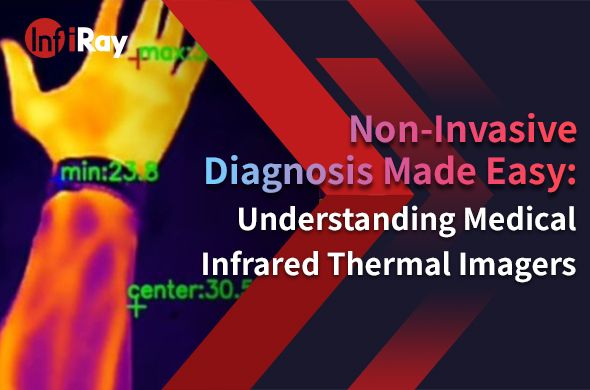
Medical technology has advanced by leaps and bounds, bringing us innovative tools for non-invasive diagnosis. One such groundbreaking technology is the medical infrared thermal imager.
What is a Medical Infrared Thermal Imager?
A medical infrared thermal imager is a cutting-edge diagnostic tool that captures and visualizes the infrared radiation emitted by objects, including the human body. This technology utilizes the principle that all objects with a temperature above absolute zero emit infrared radiation. By detecting and measuring this radiation, they can create detailed visual representations called thermograms.
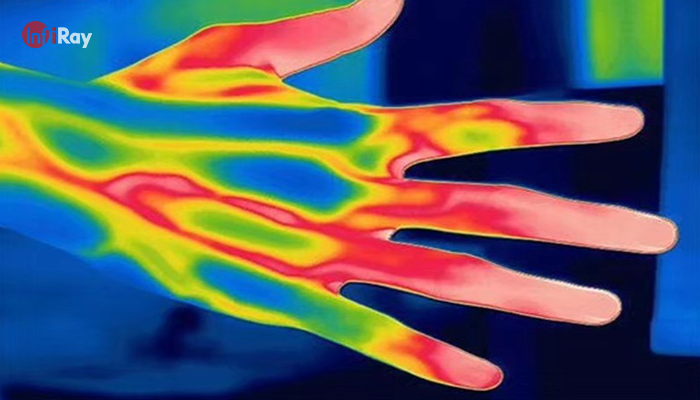
Advantages of Medical Infrared Thermal Imagers
Medical infrared thermal imagers offer numerous advantages over traditional diagnostic techniques. Firstly, they provide a non-invasive and painless method for detecting and monitoring diseases or abnormalities in the human body. This eliminates the need for uncomfortable procedures such as biopsies or exploratory surgeries.
Secondly, they enable real-time monitoring and tracking of physiological changes. They can detect temperature variations that may indicate inflammation, infections, circulation problems, or even early signs of cancer. By identifying these changes at an early stage, medical professionals can initiate timely interventions and improve patient outcomes.
Moreover, medical infrared thermal imagers are safe and radiation-free, making them suitable for repeated screenings and long-term monitoring. This feature is particularly valuable in cases where continuous observation is necessary, such as in burn centers or neonatal care units.
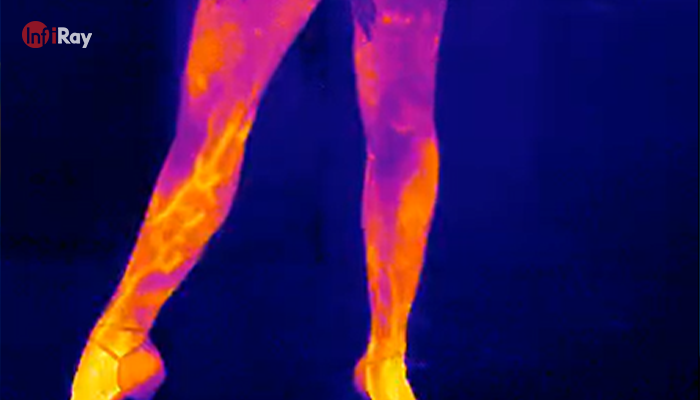
Advantageous Application Areas
The application areas of medical infrared thermal imagers are vast and diverse. One prominent area is the field of dermatology Diagnosis of Skin Lesions. Skin disease diagnosis is a suitable field for the application of thermal imagers. For example, it is easy to determine the extent of frostbite using a thermal imaging camera. Since frostbitten areas lack blood supply and have necrotic tissue, their temperature is significantly lower than the surrounding skin. In addition, thermal imaging diagnosis of skin burns shows great potential. Thermal imagers not only accurately diagnose the degree of vascular damage within the burn area, assess the severity of the burn, identify viable skin areas, and determine the extent of skin grafting required, but they also allow for the observation of burn tissue reperfusion during the treatment process, monitoring of inflammation and infection, and assessment of the success of skin grafting. This information helps in timely decision-making regarding medication and surgery.
Another critical application lies in the detection of breast abnormalities. Thermal imagers can identify temperature asymmetries in breast tissue, potentially indicating the presence of tumors or other concerning conditions. When used as an adjunct to mammography and clinical examination, infrared thermal imaging enhances the accuracy of breast cancer screenings.
Furthermore, medical infrared thermal imagers find utility in sports medicine for identifying and assessing muscle injuries, joint inflammation, and nerve-related conditions. Additionally, they are employed in vascular medicine, neurology, and rheumatology, among other specialties.
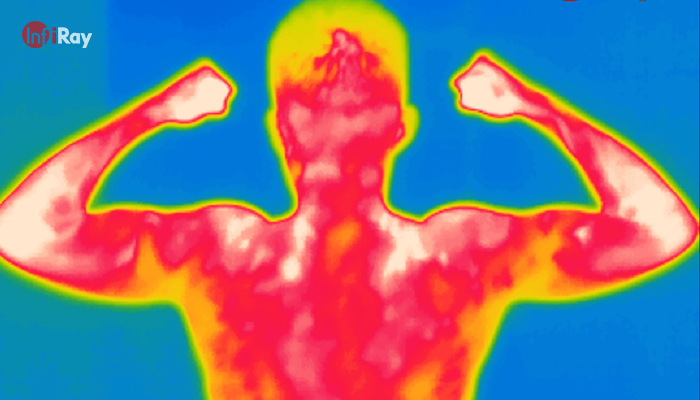
Role in Medical Diagnosis
Medical infrared thermal imagers play a crucial role in facilitating early diagnosis and improving patient care. By detecting minute temperature variations, they can identify abnormalities even before the onset of visible symptoms. This allows healthcare professionals to initiate timely interventions, potentially preventing the progression of diseases. Moreover, thermal imaging assists in evaluating the effectiveness of treatments. By comparing thermograms taken before and after interventions, medical professionals can objectively assess treatment outcomes and make informed decisions regarding further steps.
Is a Medical Infrared Thermal Imager Harmful to the Human Body?
One of the most significant advantages of medical infrared thermal imagers is their non-invasive nature. They do not emit any radiation or require direct contact with the body, making them completely safe for patients. Thermal imaging is a passive technique that only captures the natural infrared radiation emitted by the body.
Furthermore, this technology is painless and does not involve the use of any harmful substances. Patients can undergo multiple thermal imaging sessions without any adverse effects.
The future of medical infrared thermal imaging holds great promise. As technology continues to advance, we can anticipate improvements in image resolution, processing speed, and portability. This would enable greater accessibility and utilization of thermal imagers in various medical settings. Additionally, the integration of artificial intelligence (AI) algorithms with thermal imaging could enhance the accuracy and efficiency of diagnosis. AI can help analyze large volumes of thermal data and detect patterns that may be difficult for human observers to identify.








